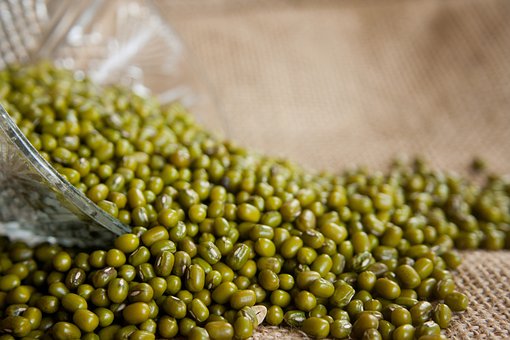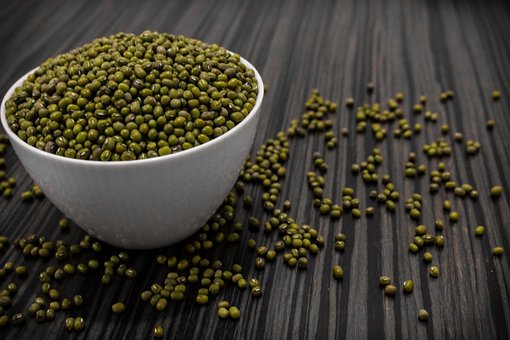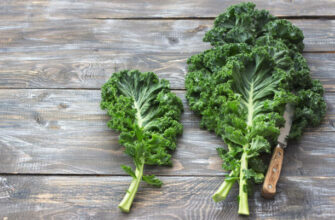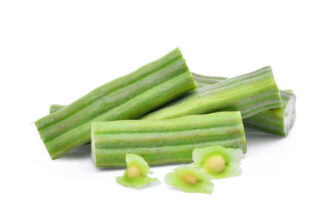Green gram, also known as mung beans or moong beans, are a type of legume that is native to India and have been cultivated for thousands of years. They are highly nutritious and are a staple food in many parts of the world, including Asia and Africa. In this article, we will discuss the nutritional value of green gram per 100g, as well as whether or not green gram is healthy for you.
First, let’s take a look at the nutritional value of green gram. Per 100g, green gram contains:
Protein: 24g
Fiber: 8g
Carbohydrates: 59g
Fat: 1g
Vitamin B1 (thiamin): 0.40mg
Vitamin B3 (niacin): 0.80mg
Vitamin B6: 0.24mg
Folate: 200mcg
Iron: 3.4mg
Magnesium: 120mg
Phosphorus: 250mg
Potassium: 400mg
Zinc: 2.5mg
As you can see, green gram is a good source of protein, fiber, and various vitamins and minerals. In particular, it is rich in B vitamins, which are important for maintaining energy levels, as well as iron and zinc, which are essential for a healthy immune system. Green gram is also low in fat and has a low glycemic index, which means that it is slowly absorbed into the body and can help to regulate blood sugar levels.
So, is green gram healthy for you? The answer is a resounding yes! Green gram has a number of health benefits, including:
Weight loss: Green gram is low in calories and high in fiber, making it a great choice for those looking to lose weight. The high fiber content helps to keep you feeling full, which can help to reduce overall calorie intake.
Heart health: Green gram is rich in potassium, which can help to lower blood pressure and reduce the risk of heart disease. It is also a good source of magnesium, which has been shown to help reduce the risk of heart attack and stroke.
Gut health: The high fiber content of green gram can help to promote regular bowel movements and improve overall gut health. This can help to reduce the risk of constipation and other digestive issues.
Diabetes management: As mentioned earlier, green gram has a low glycemic index, which means that it is slowly absorbed into the body and can help to regulate blood sugar levels. This makes it a good choice for those with diabetes or at risk of developing the disease.
Cancer prevention: Green gram contains compounds known as phytochemicals, which have been shown to have anti-carcinogenic properties. Some studies have also suggested that green gram may help to reduce the risk of certain types of cancer, including breast and colon cancer.
There are many ways to incorporate green gram into your diet. It can be eaten as a whole bean, sprouted, or ground into flour. Green gram is often used in soups, stews, and curries, and can also be made into a refreshing summertime drink known as “moong dal ka pani.” It can also be added to salads, stir-fries, and grain bowls for a nutritious boost.
In conclusion, green gram is a highly nutritious legume that is rich in protein, fiber, and various vitamins and minerals. It has a number of health benefits, including weight loss, heart health, gut health, diabetes management, and cancer prevention. Whether you are looking to lose weight, improve your overall health, or simply want to add more nutritious foods to your diet.

 Home
Home Health
Health Diet & Nutrition
Diet & Nutrition Living Well
Living Well More
More












